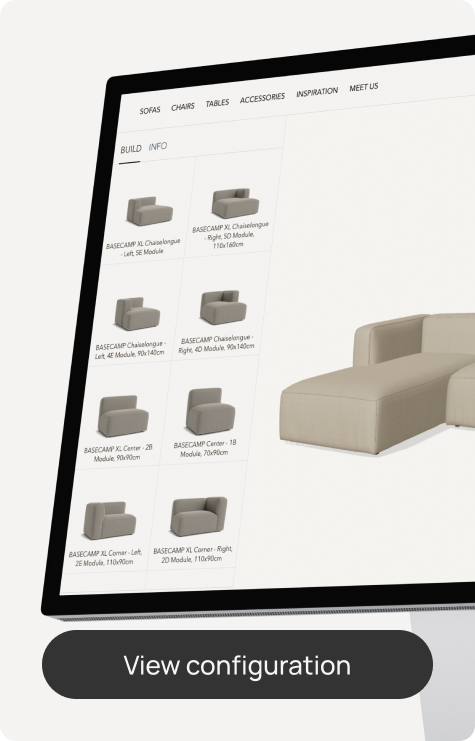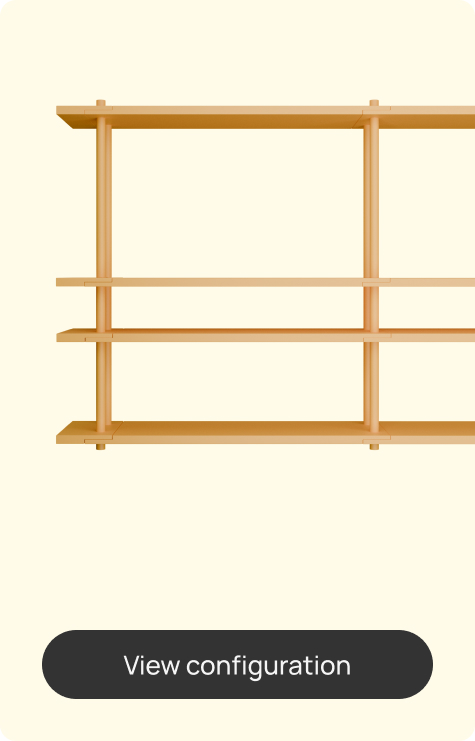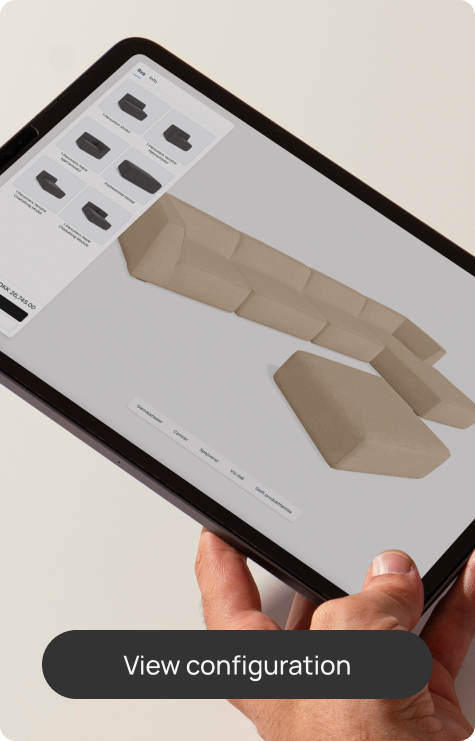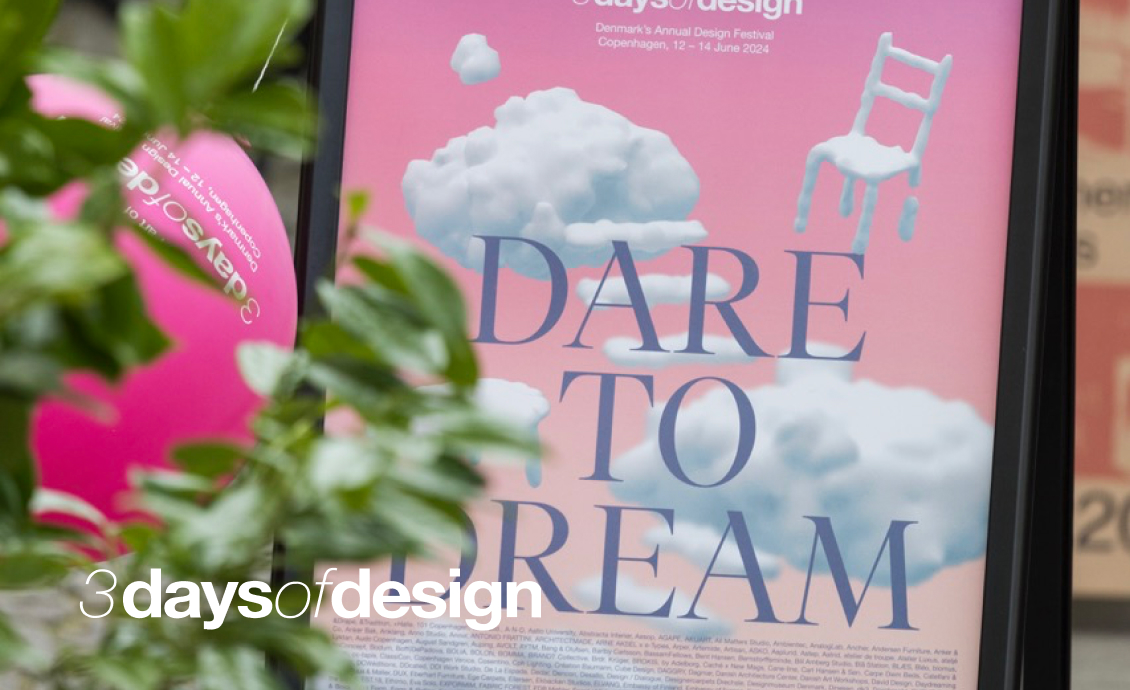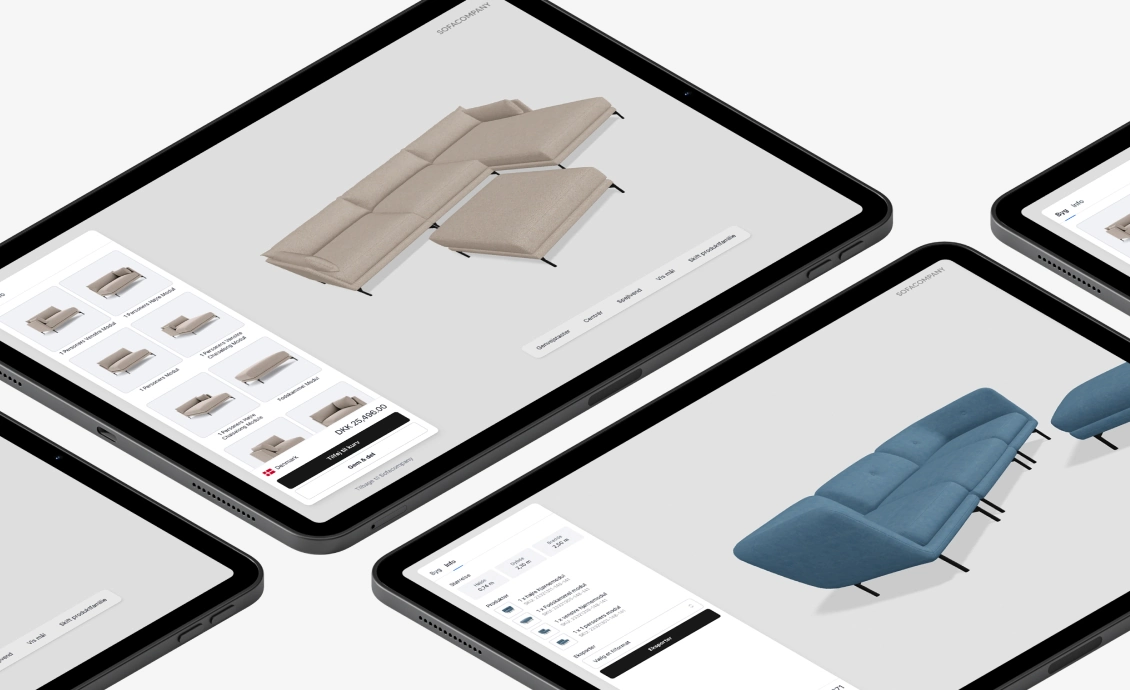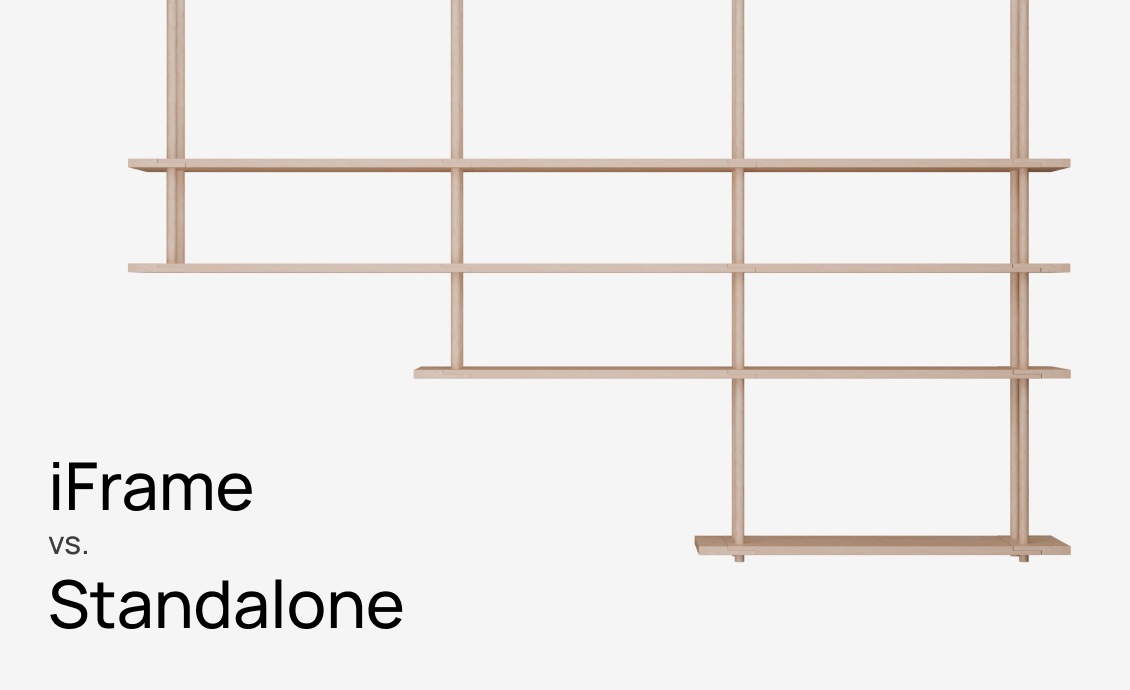
Standalone or iFrame solution. What should you choose for your 3D configurator?
If you as a company are considering getting a 3D configurator for your modular sofa, for example, you will face an important question in the process. That is whether your final solution should be a standalone solution or an iFrame solution. Below we have tried to describe the advantages and disadvantages of both solutions and give you an idea of when one makes sense over the other. It’s important to realise that there is no clear-cut answer. It will always depend on a concrete assessment of your needs and objectives with the solution.
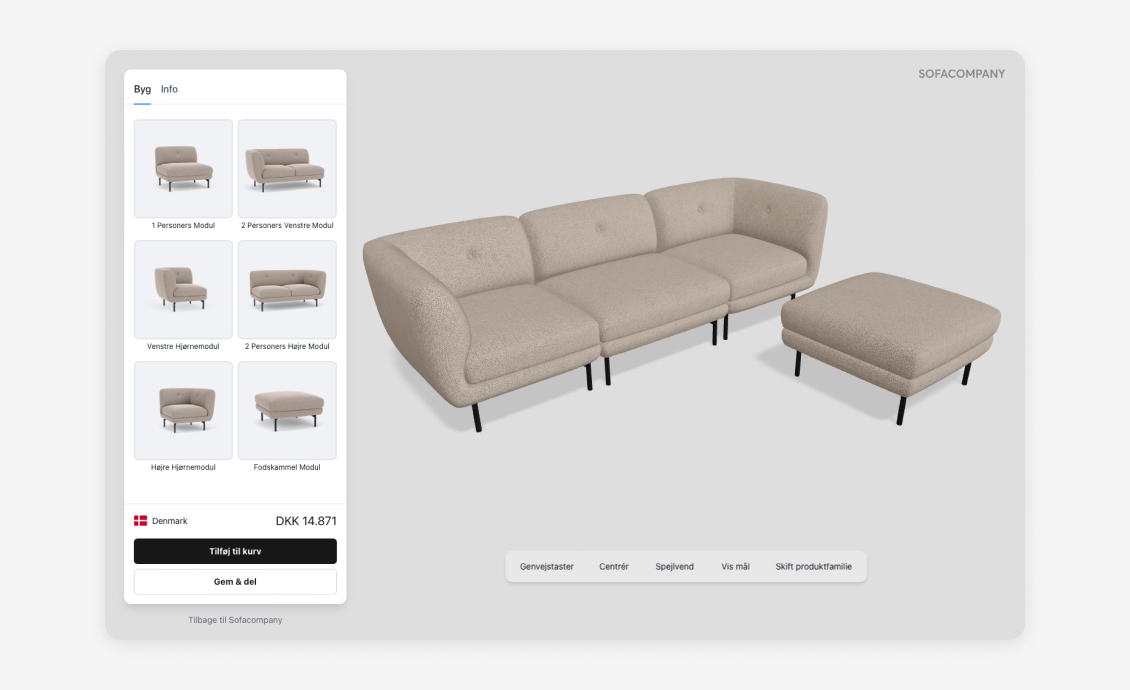
What is a standalone solution?
A standalone version is a version where the end user leaves your website when they need to use your configurator. This can best be seen when the URL changes from your domain to a new domain. For example, the address might go from example.com to planner.example.com (this would typically be how the URL would be on a standalone Planner solution). Other platforms place your solution on their own domain, for example yourcompany.platformname.com. However, common to both methods is that the domain (and to some extent the experience) changes when the end user moves from your website to the configurator solution.
Benefits of a standalone version
One of the benefits of a standalone version is that you typically have a full screen for the experience. This gives you more space to provide the best possible user experience. You don’t have to worry about fitting everything into a fixed grid because your website has a certain width.
However, it’s important to mention that it will only be a good user experience if the solution is intuitive enough to use. The extra space requires active design choices to avoid making it too confusing for the user. It’s also important that you make sure the solution is on brand in terms of your company colours, fonts, etc. Otherwise, the user may leave your website and end up in an unbranded solution. In that scenario, selling B2C via the solution will hurt your conversion rate.
Another advantage is that changes to your website will typically not affect your configurator solution. Of course, there may still be exceptions, for example if you change the product structure or prices that the solution uses.
Disadvantages of a standalone version
The main disadvantage is that with a standalone version it is more difficult to create a seamless experience for the user. Our Planner solution can be integrated with most webshop systems so that on our B2C standalone solutions it is possible to add the product directly to the basket and be redirected to the webshop. However, not all solutions have this option and, regardless, it becomes more difficult to create a coherent brand experience when the customer moves from your website to the standalone version.

What is an iFrame-solution?
An iFrame solution, unlike a standalone version, is a solution where the user on the surface does not leave your website. The solution is thus embedded directly on your website. A good example of an iFrame solution is a Youtube video that you display on your website embed.
Benefits of an iFrame solution
A big advantage of an iFrame solution is that it’s directly on your website. This means that the user does not actively leave your website to use the solution. It also means that the user will feel like the solution will feel like a more seamless experience for the user (almost no matter what).
Disadvantages of an iFrame solution
The biggest disadvantage of an iFrame solution will typically be space as it has to follow the grid of your website. If you have a website that goes all the way to the edge, this won’t be a big problem, but if your website is narrow, it will typically limit the experience a lot.
On mobile, the biggest drawback is that scrolling in and out of the solution can sometimes go wrong. This can be mitigated somewhat, but it won’t be as smooth as a standalone version at this point.
Examples of both solutions
Below you can see a few examples of both standalone and iFrame solutions in Planner that we have live.
Which configurator is the right one for you?
As we mentioned in the introduction, it is not possible to give a clear-cut answer. However, there are a few rules of thumb that apply in most cases.
Are you B2B? Then a standalone could be the right choice
If you sell B2B and need a configurator, a standalone version will typically make sense for you. B2B configurators often have more options and are more advanced. This also means that they benefit from having more space available. B2B solutions also typically don’t need to have an Add to Cart feature, which means the same seamless shopping experience isn’t needed.
Below you can see our B2B Planner for Muuto. It is characterised by being more advanced and tailored than a classic B2C solution.
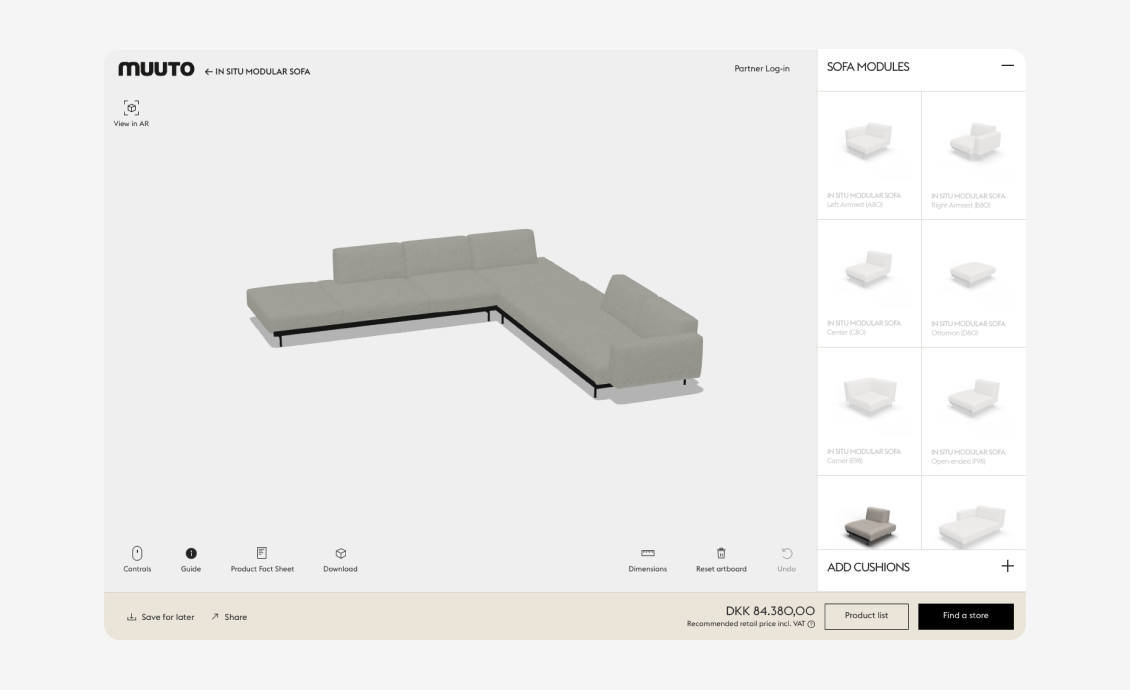
Our Planner B2B solution also makes it possible for B2B companies to offer the Planner to their retailers. This means that the retailer can display a version of your Planner on their website and make it part of their shopping experience to increase conversion on your products.
B2C? Then an iFrame configurator makes sense in most cases
However, if you sell directly to B2C on your website, an iFrame solution will often give you the highest conversion rate (if implemented correctly). This is because it provides a more seamless experience for the user. They always feel that the solution is part of the existing experience and it gives the user a greater sense of security. Of course, there may be exceptions. If your existing website is older and isn’t already the best user experience in the world, a standalone version may be a better solution.
Looking for a configurator? Let us help you
If you are looking for a configurator to use on your website, don’t hesitate to contact us. At The Planner Studio, we help companies implement our configurator solution on a daily basis. The solution works in both B2C and B2B cases and we work with some of the world’s biggest brands in the furniture industry on a daily basis.
